7 Easy Reading Lessons Using Mentor Texts
As a teacher, one of my favorite things to do is teach students how to read. There is nothing quite like that moment when you see the ‘lightbulb’ go on and know that they get it! Along with this, I want my students to become lifelong readers, and develop and love for reading. Before they can reach this point, I need to teach them strategies that will help them along the way. Below you’ll find some mentor texts that have inspired tried and true reading lessons in my classroom.
Reading Lesson One: Building Stamina
This book is an awesome springboard into a lesson on how to build reading stamina. Dexter is a dachshund who wants to become a hero, so he works hard even when his friends make fun of him. He doesn’t give up and eventually he builds up enough strength and muscles to rescue a cat who gets stuck in a tree! After reading this book, we have a discussion about how Dexter has to train in order to get strong; he has to build stamina. In the same way, we have to train our brains to be able to read for longer periods of time. Then, we make a reading goal and practice reading for increasing periods of time each day until we have reached it. When my class met their goal of 25 minutes of silent reading stamina, we had a blanket fort party, and read books in the blanket forts.
Lesson Two: Finding a Good Place to Read
The Best Place to Read By Debbie Bertram and Susan Bloom
As you might have guessed, this book is about a young boy who is trying to find the best place to read. After reading this book, we brainstorm good places to read at home and at schools. We also talk about what makes a poor reading location. Then we practice finding the perfect place for reading in our classroom.
Lesson Three: Reading Out Loud with Expression
The Book with No Pictures by BJ Novak
This book has no pictures. This is a big deal for kids, because they often think books with no pictures are boring. However, this provides the perfect opportunity to teach about how expression makes a story more interesting. Usually pictures are used to add ‘color’ to a story, but with this book, the reader has to add the ‘color’ by being expressive. First I read a section of the story with no expression, then I read it again with expression. As a class we discuss the differences and write them down on chart paper. For guided practice I have my students practice expressive reading in pairs or small groups using books they are already familiar with. (i.e. ones from our guided reading time)
Lesson Four and Five: Reading the Pictures and Making Inferences
Chalk by Bill Thompson
Opposite to The Book with No Pictures, this book has no words! None! It is a picture book that leaves the reader to infer the story using the illustrations, and they are absolutely stunning. I use this story to teach students two different mini-lessons.
First, I use it at the beginning of the year to show students that good readers can read the pictures as well as the words. We flip through each page and try to create a story using the pictures.
Later in the year I introduce the word “infer”. I tell my students that to infer means that we are using clues to make a good guess. Chalk is the perfect book to launch a unit on inferring, as there is very little that is explicitly stated. Together, we make guesses about what we think is going on in the story, and list the clues that led us to those statements!
Lesson Six: Building a Vocabulary of Interesting Words
Max’s Words by Kate Banks
Max’s Words is about a boy who has a collection of words that he finds everywhere! I use this book to encourage my students to discover the wonder of words in their daily reading. Together, we set up an “Interesting Word Wall”, and a small station with paper and pencils next to it. As students are reading their own books, they are encouraged to pause when they find an interesting word and add it to our word wall (for older grades, also ask them to add the definition underneath). This wall then becomes a springboard for ideas during writing time!
Lesson Seven: Making Connections
The Way I Feel by Janan Cain
Learning to make connections is a great way to have students engage meaningfully with any book that they are reading. I find that, when introducing this concept (or re-introducing it in a new school year), text-to-self connections are the perfect place to start. Students inevitably know the most about themselves and their own life experiences so it is the perfect ‘bank’ of knowledge to draw connections from. Janan Cain’s The Way I Feel is a great book to make text-to-self connections because it references so many feelings and events that your students are sure to connect to.The first time I read the book I ask my students to make a “quiet connection” to anything that reminds them of a feeling, person, or event by touching their index fingers to their nose.
The next time we read the story I give each student a post-it note with their name on it. This time I read this story much more slowly. After each page I pause to allow students to place their post it on the page when the make a meaningful connection to the story. At the end, we walk back through the story and students have the chance to share the connection they made. I find that the ‘sharing’ step is one of the most important. It lets students verbalize their answers and gives students who still don’t quite understand how to make a connection a chance to hear examples.
It’s amazing how one book can become the bedrock of a lesson (or many lessons). Have you discovered any mentor texts that have sparked amazing reading lessons in your classrooms?
Rachel is a third grade teacher from British Columbia, Canada. She blogs all about her classroom adventures over at Poet Prints, and shares daily picture updates on Instagram at @poet.prints. When she’s not teaching, Rachel loves exploring the West Coast and trying any DIY project.

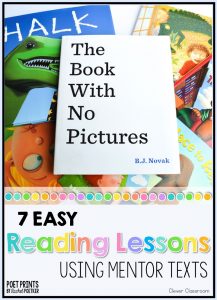
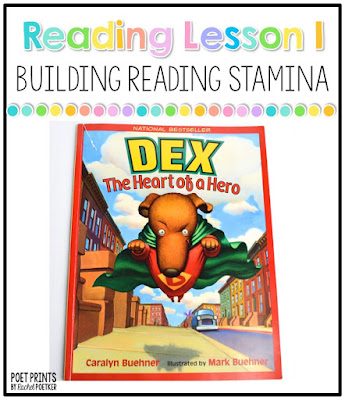
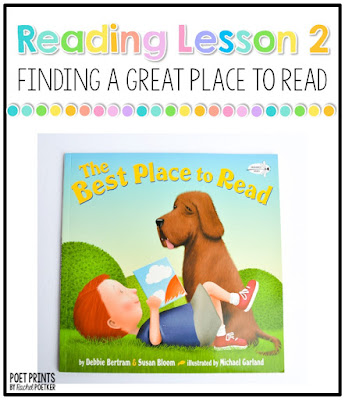

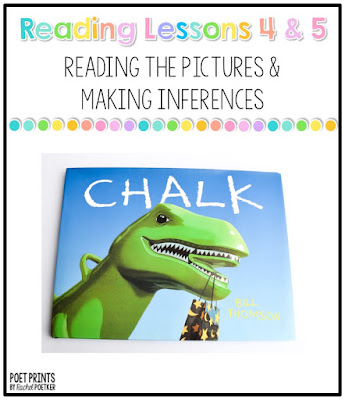
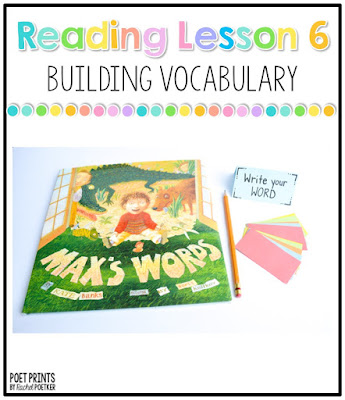
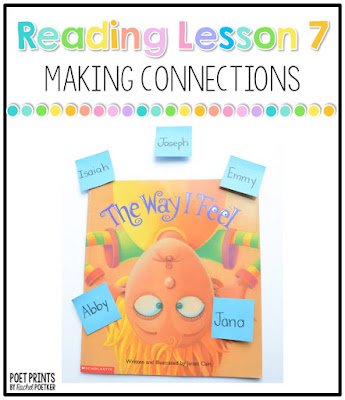



Leave a Reply
You must be logged in to post a comment.